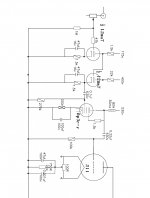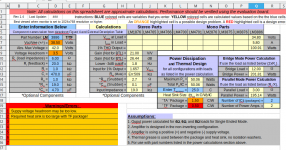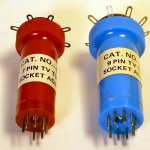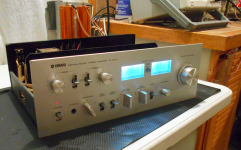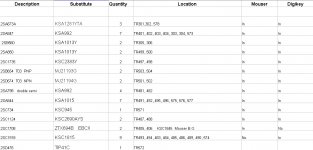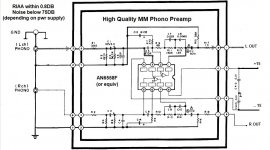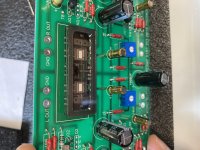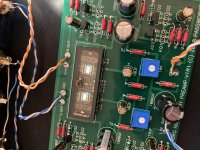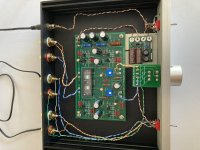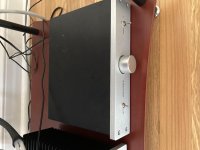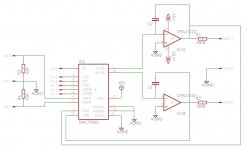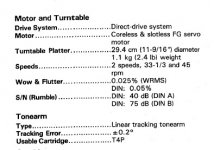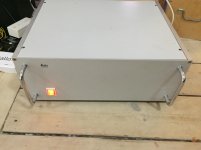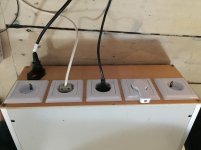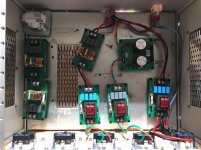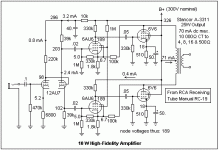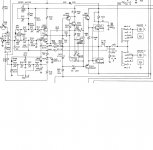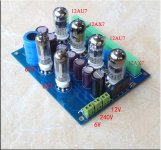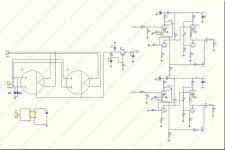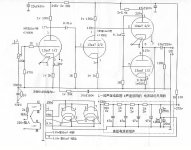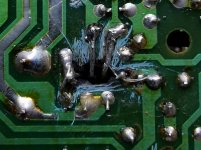I know there is always a bigger fish in the Sea.
It is always interesting to see and discover new topology
and methods for lower distortion.
Its not for heated discussion.
Maybe a reason for self honesty.
When is Enough, Enough ? As far as actual needed distortion?
Assuming the actual original source of the music has higher distortion.
And even very well built speakers have higher distortion.
.001 Distortion a reasonable number to say.. it is good enough?
Understanding of course seeing a better number when designing
is exciting and something to be proud of.
But what is the threshold between the number game, and what
is actually realistically needed.
Anyways, playing around with somewhat typical Class AB amplifier.
This is a design of mine below.
I just found using common high quality transistors.
Using Feedback current sources.
Then Basically keeping the second gain stage simple eliminates rail stick.
And Using a basic current mirror and boosting up the LTP current higher
than usual. Around 6ma
Seems to hold up rather well for distortion.
R3 and C2 seem to be the real magic,
this network seems to make the
amplifier rather stable, and allows C7 to remain rather low. Which seems
to defy a majority of possible THD at High Frequency.
.001 % Distortion @ 1 kHz
.006 % Distortion @ 20 kHz

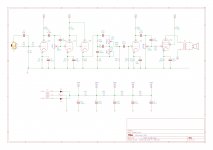
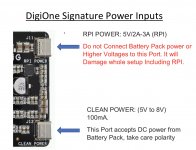

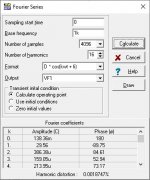
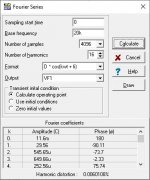
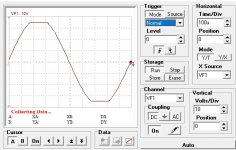


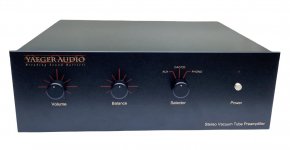
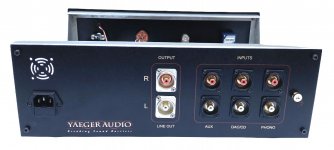
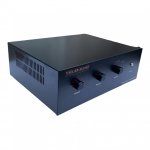
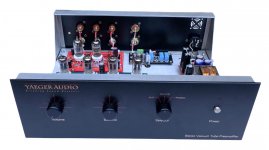
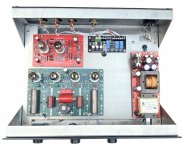

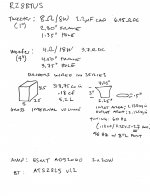
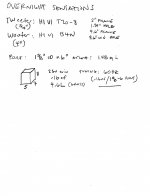

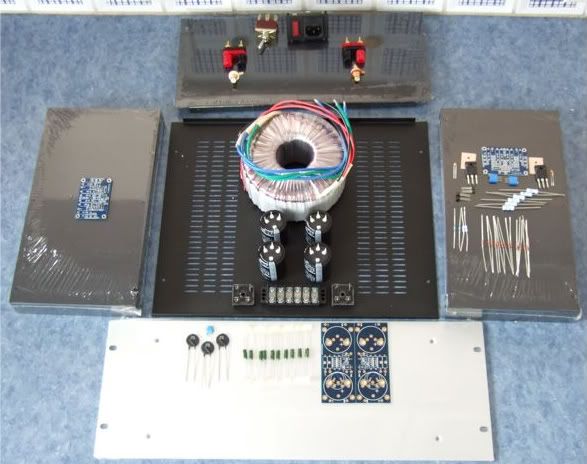
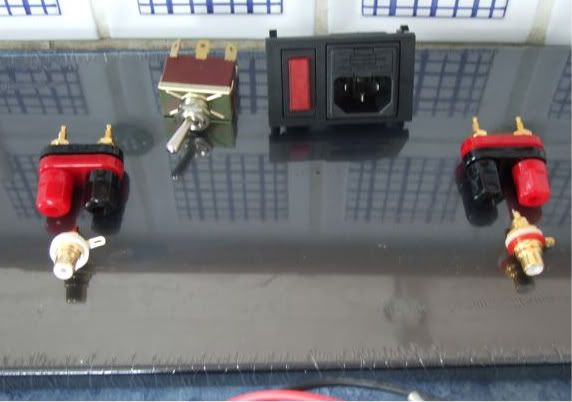
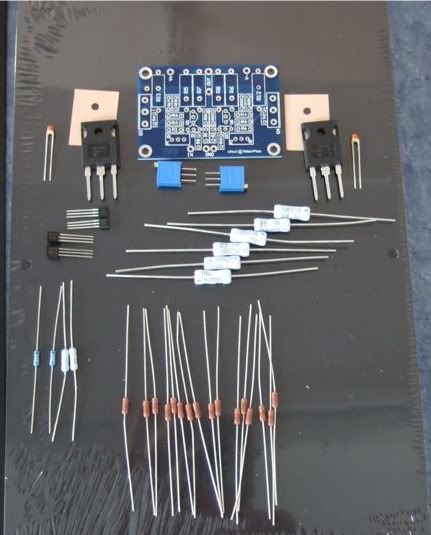
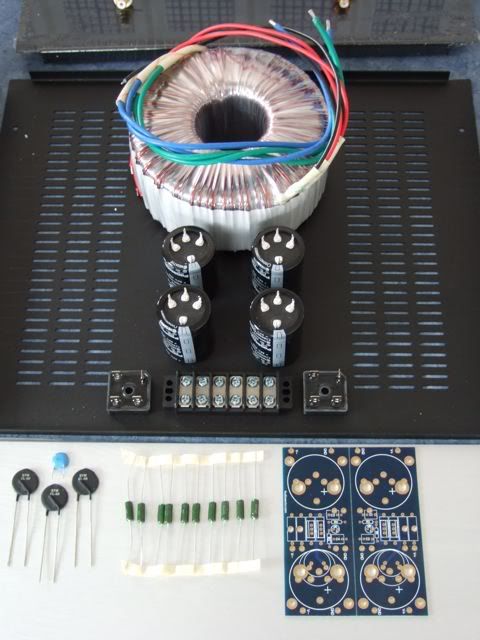
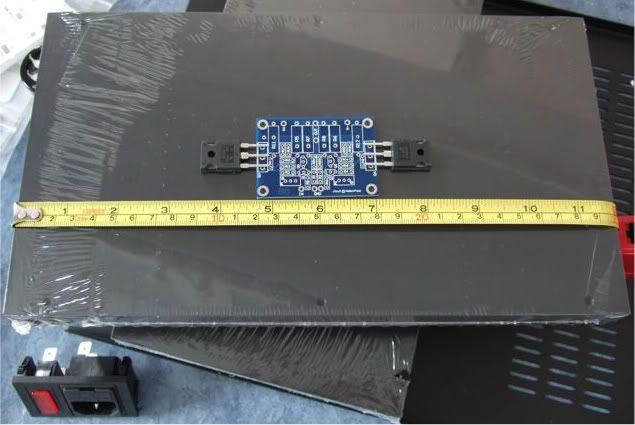
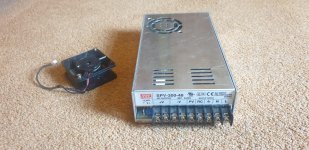
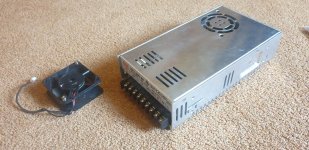

![IMG_3362[1].jpg](/community/data/attachments/880/880210-19704da7fab190d6159915986c3f7e45.jpg?hash=GXBNp_qxkN)










